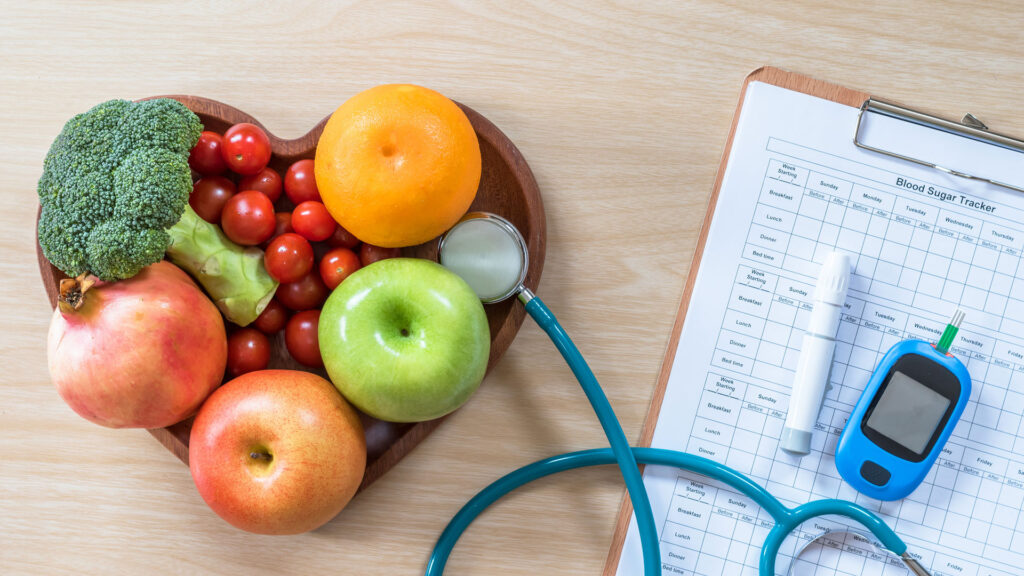Diabetes is a disease that affects tens of millions of people throughout the US. And although a cure for diabetes has yet to be developed, there are many precautionary steps you can take to prevent or manage its associated symptoms.
What Is Diabetes?
Diabetes is a disease that occurs when your blood glucose, also called blood sugar, is too high. Blood glucose is your main source of energy and comes from the food you eat. Insulin, a hormone made by the pancreas, helps glucose from food get into your cells to be used for energy. Sometimes your body doesn’t make enough—or any—insulin or doesn’t use insulin well. Glucose then stays in your blood and doesn’t reach your cells.
–National Institute of Diabetes and Digestive and Kidney Diseases (NIDDK)
Symptoms of diabetes include
- Increased thirst and urination
- Increased hunger
- Fatigue
- Blurred vision
- Numbness or tingling in the feet or hands
- Sores that do not heal
- Unexplained weight loss
What Causes Diabetes?
There are several types of diabetes, and each of them may be caused by a variety of different factors. The most commonly diagnosed forms of diabetes are type 1, type 2, and gestational diabetes.
Causes of Type 1 Diabetes
Type 1 diabetes is scientifically believed to be caused by genetic and/or environmental factors. Environmental factors include occurrences such as certain viral infections that may trigger type 1 diabetes. Scientists and doctors are currently working on ways to target the specific causes of type 1 diabetes more accurately in order to develop more effective strategies to prevent or manage the disease.

Causes of Type 2 Diabetes
Type 2 diabetes is the most common type of diabetes in the United States. The primary causes of type 2 diabetes are genetics and lifestyle factors such as diet and exercise. Those who are significantly overweight are more prone to develop type 2 diabetes. This is especially true if that extra weight is mainly located around the belly. There is a strong correlation between obesity and insulin resistance which can intensify the symptoms of diabetes.
Causes of Gestational Diabetes
Gestational diabetes develops during pregnancy and is believed to be caused by certain hormonal changes that take place while a woman is pregnant. Genetics and lifestyle factors may also play a role in causing gestational diabetes.

Diabetes Statistics in the US
An estimated 30.3 million people in the United States, or 9.4 percent of the population, have diabetes. About one in four people with diabetes don’t know they have the disease. An estimated 84.1 million Americans aged 18 years or older have prediabetes.
Successfully Managing Diabetes
Many techniques and strategies have been developed which can help manage diabetes and its associated symptoms. Maintaining healthy blood pressure and cholesterol levels are great ways to mitigate diabetes. This can be accomplished by eating healthy, nutritional foods, and exercising on a regular basis. It is also important to take the medicines which have been prescribed by your health care provider.
